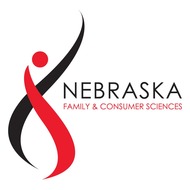
(View Complete Item Description)
Throughout this project, students will research historical influences on fashion through the lens of a fashion journalist. The lesson gives the students the prompt, “As a Fashion Journalist, you are constantly observing and reporting on the current styles and fashion trends. Your boss at the magazine, Today’s Trends, has tasked you with creating a mini magazine on the popular fashion trends of the past decade. (The trick here is that each student will be assigned a different decade - you are each placed at a different point in time!)” Each student will choose a different decade throughout history and then use reputable sources to create a mini magazine on Canva that features women’s clothing, men’s clothing, shoes, accessories, historical events, important individuals of the time, and more information about the given decade. This multi-day lesson plan includes complete instructions for the project as well as a grading rubric. Suggestions for reputable resources are also included. Students are graded on including a variety of information and following the set formatting parameters.
Material Type:
Lesson Plan
Author:
Audrey Foster




















